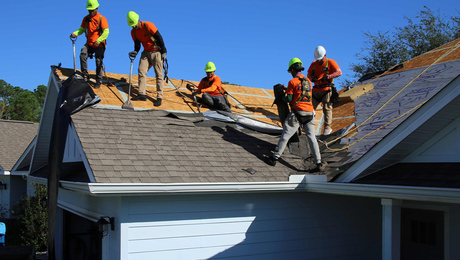I was given an old Sears 1/2 HP air compressor/paint sprayer, but I have no information on it. I went to the Sears parts site and entered the model #. It came up, but the diagram was a poor scan of something old. Resolution was too poor to use at any zoom level. Here are the essentials:
Model 283.150571
3 cfm @40 psi, 50 psi maximum
640 watt, 110-120 volt.
It is basically a motor, with a cylinder and piston on top. It has an old air hose attached to one side of the cylinder head. There is another connection on the other side of the head, opposite the one where the hose is screwed on.
When I flip the switch, the motor runs, and air comes out of both the hose and the other fitting.
I am guessing that basically I have the two discharge ports off the head, with the hose screwed onto one, and the other available in case the DW wanted to joint me for a pleasant morning painting with a second hose and sprayer (ummm, right). I presume I could just cap off the unused port to get better air out of the hose.
Does anyone know if I can use it as proposed?















Replies
Ya just aint a woofin' that that is a bad scan, can hardly read the numbers.
With no tank, you will be fortunate to run one spray with that thing (Pop had one like it for years, worked, but not well)
Cap one off.
The one port should have a safety valve on it. My dad had one, he used for spray painting or airing up tires. Just plug it in and it pumps up to approx 40 psi, the safety valve pops off and you're good to go.
What would this safety valve look like? I don't see anything that looks like one, just the connection that the hose is screwed onto and, on the other side of the cylinder head, another threaded port.
1/2" or 9/16 hexagon shaped, maybe 3/4" long. Sears doesn't list it separate, shows it as part of the head. It would screw on to the head.